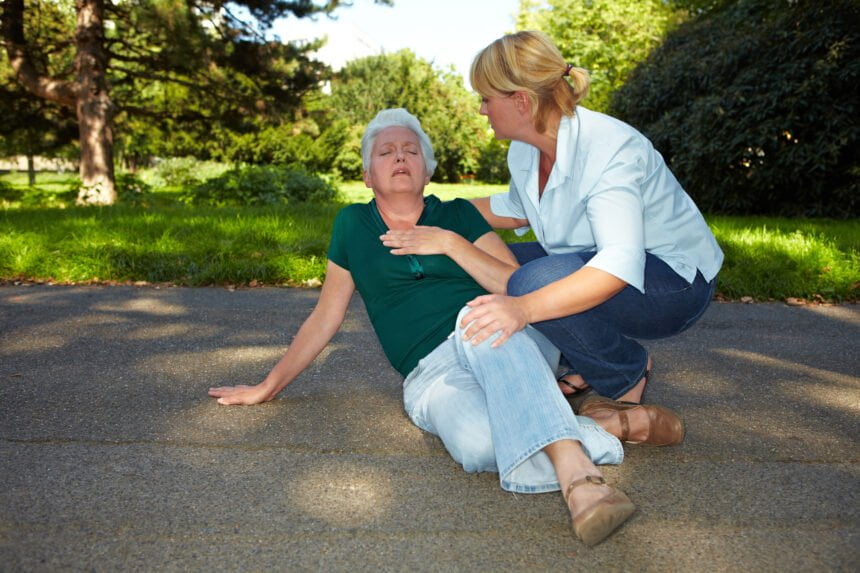The American Red Cross teaches CPR to over 22 million people every year. First aid and CPR can be invaluable skills to have if someone has an emergency.
Emergencies have a knack for catching us off guard, often striking when we least expect them. In such critical moments, the ability to provide immediate medical assistance becomes a priceless skill. This is where the significance of first aid and CPR (Cardiopulmonary Resuscitation) certification shines through. In this in-depth article, we will navigate through the essentials of first aid and CPR certification, shedding light on why it matters, what the certification process involves, and the tangible benefits it brings to individuals and communities alike.
Grasping the Fundamentals: First Aid and CPR
First aid is the initial care given to someone who is injured or falls suddenly ill. The primary goals are to preserve life, prevent the condition from worsening, and promote recovery. CPR, on the other hand, is a crucial technique employed in emergencies where someone’s breathing or heartbeat has ceased. It involves chest compressions and rescue breaths, serving to maintain blood circulation and oxygen supply to vital organs.
The Crucial Role of Certification
While spontaneous acts of first aid or attempts at CPR can be made by anyone, formal training significantly enhances the likelihood of successful intervention. First aid and CPR Online Certification courses are designed to furnish individuals with the knowledge, skills, and confidence necessary to respond effectively in a myriad of emergency scenarios. Certification ensures that individuals are well-versed in the latest techniques and guidelines endorsed by reputable organizations such as the American Red Cross or the American Heart Association.
What Certification Encompasses
First aid and CPR certification courses cover a broad spectrum of topics, including:
- Basic Life Support (BLS): Techniques for administering immediate care to victims of cardiac arrest, encompassing CPR and the use of automated external defibrillators (AEDs).
- Choking Emergencies: Protocols for aiding conscious and unconscious choking victims, incorporating abdominal thrusts (Heimlich manoeuvre).
- Wound Care: Proper wound cleaning, dressing, and management to avert infection and expedite healing. Mayo Clinic has some guidelines on this.
- Fractures and Sprains: Strategies for immobilizing and stabilizing injured limbs to mitigate further damage.
- Medical Emergencies: Recognition and initial management of conditions like strokes, seizures, allergic reactions, and diabetic emergencies.
- Environmental Emergencies: Response to situations such as heatstroke, hypothermia, and other environmental crises.
Reaping the Rewards of Certification
Securing first aid and CPR certification brings about numerous advantages:
- Lifesaving Proficiency: Certification equips individuals with the skills and confidence needed to intervene effectively in emergency situations, potentially saving lives.
- Career Opportunities: Many professions, particularly in healthcare, childcare, education, and public safety, require employees to hold first aid and CPR certifications.
- Community Resilience: Certified individuals contribute to the development of resilient communities, capable of responding effectively to emergencies in various settings.
- Personal Peace of Mind: Certification provides reassurance, knowing that one possesses the ability to handle emergencies involving family members, friends, or even strangers.
The Importance of Renewal and Continuous Training
First aid and CPR certification typically remain valid for a specific duration, usually two to three years. Renewal courses, which are shorter in duration, focus on updating skills and knowledge in line with any changes in guidelines or techniques. Additionally, ongoing training through workshops, drills, or simulations is crucial for maintaining proficiency and ensuring readiness to respond in real-life emergencies.
In Conclusion
First aid and CPR certification goes beyond being a mere credential; it is a commitment to preparedness and safety. By dedicating time and effort to becoming certified, individuals acquire indispensable skills that can make a significant impact in critical situations. Whether it involves administering CPR to someone experiencing a cardiac arrest or offering first aid to an accident victim, certified individuals are empowered to act decisively, potentially saving lives. In a world where emergencies are unpredictable, the value of being prepared cannot be overstated, and first aid and CPR certification stand as pillars of this preparedness.

